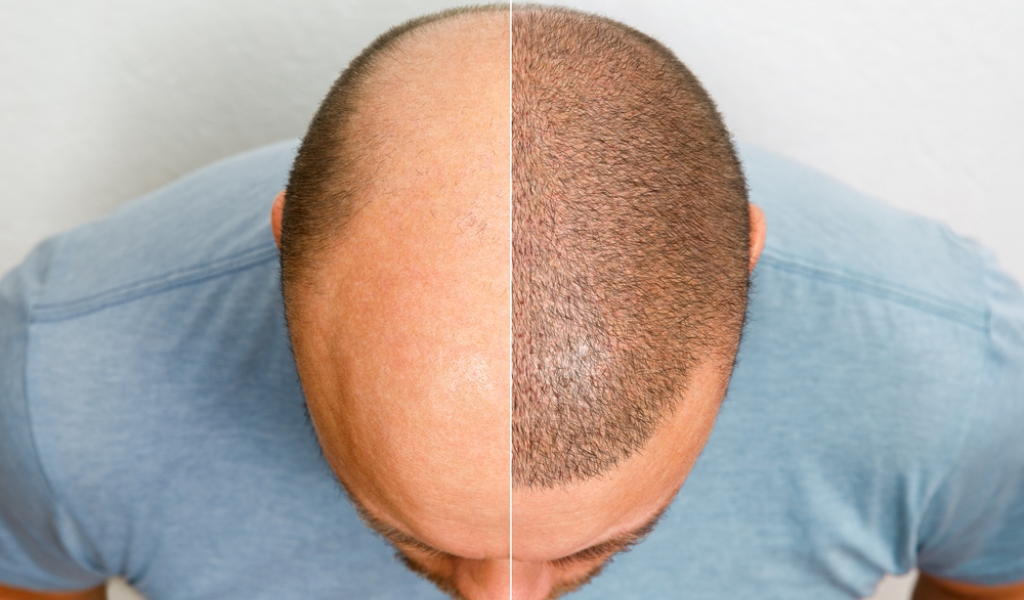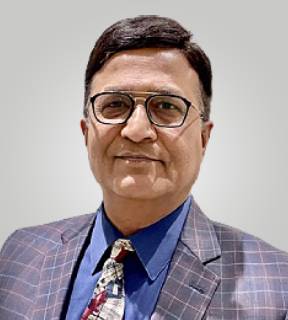
Over the past few years unit follicular hair transplant has emerged as the most reliable hair transplant procedure of hair transplantation surgery. As the name suggests, the graft in this case consists of a single follicular unit as it exists in nature. With adjoining sebaceous glands, the surrounding adventitial sheath and the supportive nerve and blood tissue, a follicular unit is not merely a histological unit, but a physiological one. It is for reason that it needs to be extracted as an intact unit and transplanted as intact unit, to be able to grow into a hair. This in fact is the fundamental concept of follicular hair transplant.
Studies have proven that success rates of transplanting intact follicular units are much higher than one-haired micro-grafts. The higher success rate is likely due to the growth of anagen effluvium hairs added to the new growth from follicular hair transplants.
FUE vs. FUT
Follicular Unit Extraction (FUE) and Follicular Unit Transplantation (FUT) are frequently compared as if they are two totally different, even competing, hair transplant procedures. Despite this common misconception, the difference between FUE and FUT is the method by which follicular units are removed from the donor area in the back and sides of the scalp. The remainder of the hair transplant procedure is essentially the same.
Follicular Unit Extraction (FUE)
Follicular Unit Extraction (FUE) is a method of extracting, or harvesting? donor hair in a follicular unit hair transplant procedure. In FUE hair transplant surgery, an instrument is used to make a small, circular incision in the skin around a follicular unit, separating it from the surrounding tissue. The unit is then extracted (pulled) directly from the scalp, leaving a small open hole. The donor wounds, approximately 1-mm in size, completely heal over the course of seven to ten days, leaving tiny white scars buried in the hair in the back and sides of the scalp.
This method of donor harvesting, removing follicular units one-by-one directly from the scalp, is what differentiates the FUE hair transplant from a traditional Follicular Unit Transplant (FUT), where the donor hair is removed from the scalp in one thin, long strip and then subsequently dissected into individual follicular units.
Before the grafts are harvested, tiny recipient sites? are made in the balding area of the scalp using a fine needle-point instrument. The follicular units are then placed into the recipient sites where they will grow into healthy hair-producing follicles. The creation of recipient sites and the placing of follicular unit grafts are essentially the same in both FUE and FUT procedures. The difference lies in the appearance of the donor area and in the quality and quantity of grafts obtained with each technique.
Follicular Unit Hair Transplantation (FUT)
Follicular Unit Transplantation is a hair restoration procedure where hair is transplanted exclusively in its naturally occurring groups of 1-4 hairs. These groups, or follicular units, are obtained through the microscopic dissection of tissue taken from a single donor strip or extracted directly from the donor area (Follicular Unit Extraction). Because Follicular Unit Hair Transplants mimic the way hair grows in nature, the results, in expert hands, will look completely natural and be indistinguishable from one's original hair (see some of these results in our Hair Transplant Photos section).
Another advantage of performing a hair transplant using follicular units is the ability to place these tiny grafts into very small recipient sites. The small sites cause minimal damage to the skin and allow the surgeon to safely transplant thousands of hair grafts in a single session and to complete the hair restoration as quickly as possible. The tiny needle-sized recipient sites heal in just a few days without leaving any marks.
FAQs
Hair transplantation is about transplanting the bald resistant hair follicles from the back of the head to the balding areas on the top of the head.
This process works for a lifetime because the hair follicles taken from the back of the head are genetically resistant to baldness, regardless of where they are relocated to.
Hair transplantation, when done right, can be so natural that even your hair stylist will not know that you've had it done. But the skill and techniques of hair transplant surgeons does vary widely, as do their results. It's important to choose the right procedure and clinic to assure that you will get completely natural results.
A typical session of between 1,500 to 3,000 grafts normally involves a full day of surgery on an out patient basis. Most patients will arrive in the morning and will have their procedure completed by late afternoon.
Local anesthesia is administered in the donor and recipient areas of the scalp. Once the anesthesia is given, most patients feel no pain or discomfort during the procedure. Following surgery patients will typically feel some amount of soreness and numbness, with mild discomfort. Most patients are pleasantly surprised by how minimal the discomfort actually is.
With today's very refined micro hair transplantation procedure the incisions are very small and less invasive than past procedures. This results in more rapid healing. Most patients feel fine within a day or two following surgery, although some numbness and mild soreness can be expected for several days following surgery.
The amount of grafts you will need ultimately depends on your degree of hair loss, now and in the future, and on how full you desire your hair to be.
Normally it takes between three to five months following surgery before the transplanted hair follicles begin to grow new hair. The transplanted hair grows in very thin initially and gradually grows thicker and fuller over time. After one year a patient's transplanted hair will be fully mature and will continue to grow for a life time.

Bijal Parikh
Doctor Details
Plastic surgery is a surgical specialty involving the restoration, reconstruction, or alteration of the human body. It can be divided into two main categories: reconstructive surgery and cosmetic surgery.

